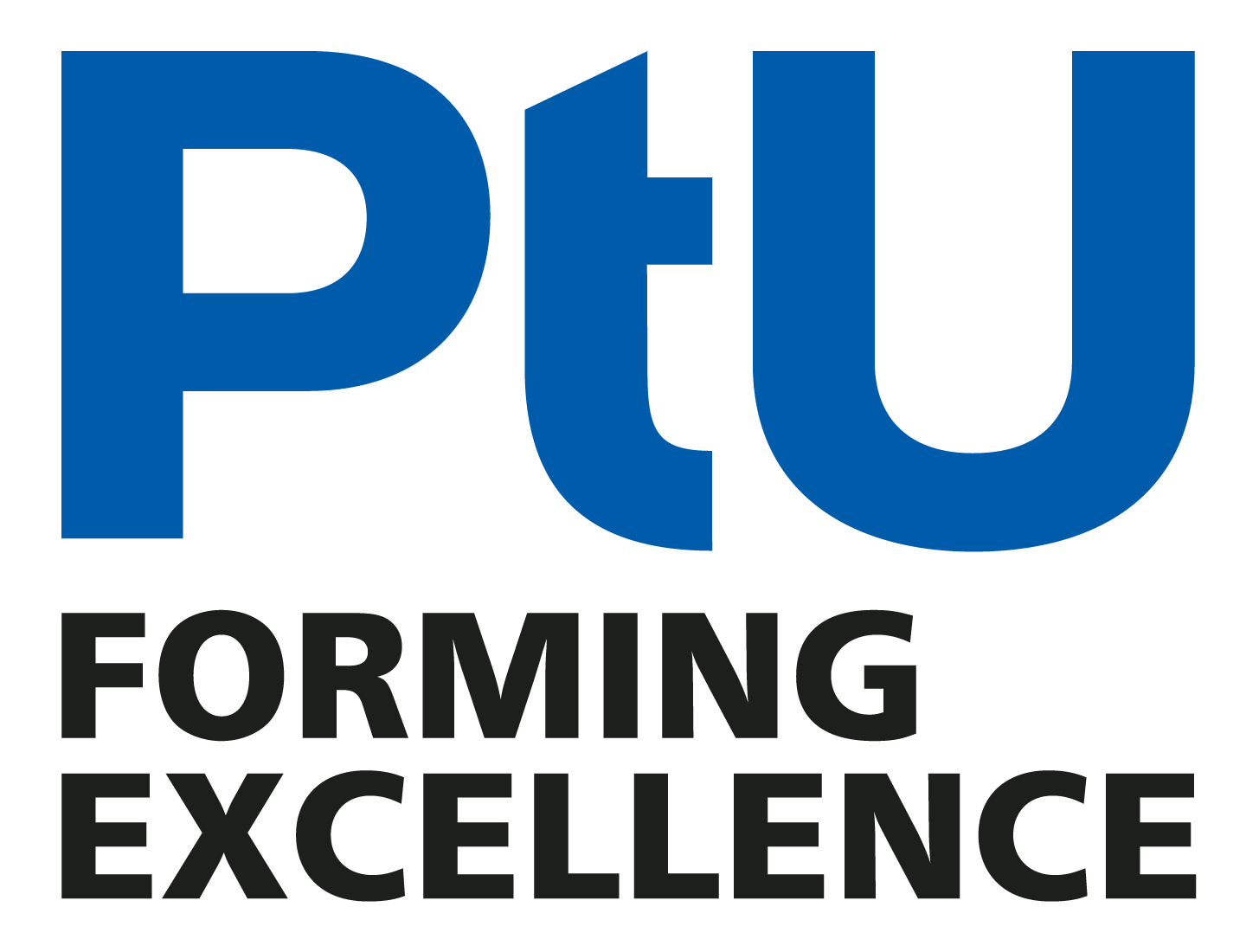Structuring – Tribological optimization of cutting punches through microstructuring by means of machine hammer peening
The tool life of punches in shear cutting or related processes is strongly influenced by the surface properties of the tools used. By using special hammer peening heads, the surface of metallic materials can be specifically structured through machine hammer peening. The micro-indentations created in this way act as both a lubricant and wear particle reservoir. This makes it possible to increase the effective tool life.
Coordinator: Philipp Schumann M. Sc.
Duration: February 2021 – January 2023
Funded by: EFB 18/120 BMWK
Motivation
By tribologically optimizing tool surfaces with the help of machine-generated microstructures, downtimes can be minimized while maintaining high product quality. Especially with high contact normal stresses due to hydrostatic and hydrodynamic effects, friction value reductions of up to 30% can be achieved. In addition, unavoidable wear particles, which contribute significantly to tool failure in the long term, are absorbed by the microstructures. This effectively delays the onset of wear. In addition to structuring, texturing by machine hammer peening simultaneously includes the effects of smoothing, the generation of residual compressive stresses close to the surface, and the increase in hardness. This means that the entire product life cycle can be made more efficient and effective with just one processing step. However, due to the high tool hardness, manipulation through microstructuring of the tool surface is not yet feasible in terms of process technology and the local tribological stress has only been insufficiently researched.
Approach
At the beginning of the project, it is first necessary to identify the product quality requirements currently applicable in the stamping technology industry and to define the contact conditions between the sheet metal cutting edge and the cutting punch during the push-through and retraction phases. The structuring process and the occurring tool loads were first defined by simulations. In this way, it was already possible to numerically quantify the contact normal stress acting on the shell surface from the clamping force of the sheet metal, thus enabling the resulting tribological load spectrum in the stamping process to be recorded. On the other hand, simulation of the microstructure forms the basis for a suitable material and manufacturing process selection of the structuring tool. Finally, tool surfaces are manipulated with the developed structuring tool. After deriving suitable guidelines for the structuring of different tool geometries, cutting punches are tested in TryOut under inline process monitoring. Based on the sensor signals, both the wear progress and the effectiveness of the structuring are to be assessed. The full process chain is shown in Fig. 1.
Acknowledgement
The IGF project 21560 N of the EFB is funded by the Federal Ministry for Economic Affairs and Climate Action via the AiF within the framework of “Programm zur Förderung der Industriellen Gemeinschaftsförderung” (IGF) based on a resolution of the German Bundestag.
The PtU would like to thank the European Research Association for Sheet Metal Processing e.V. (EFB) and the German Federation of Industrial Research Associations “Otto von Guericke” e.V. (AiF) as well as the following companies for their participation in the research project.
Funded by
Network
Project Partners




